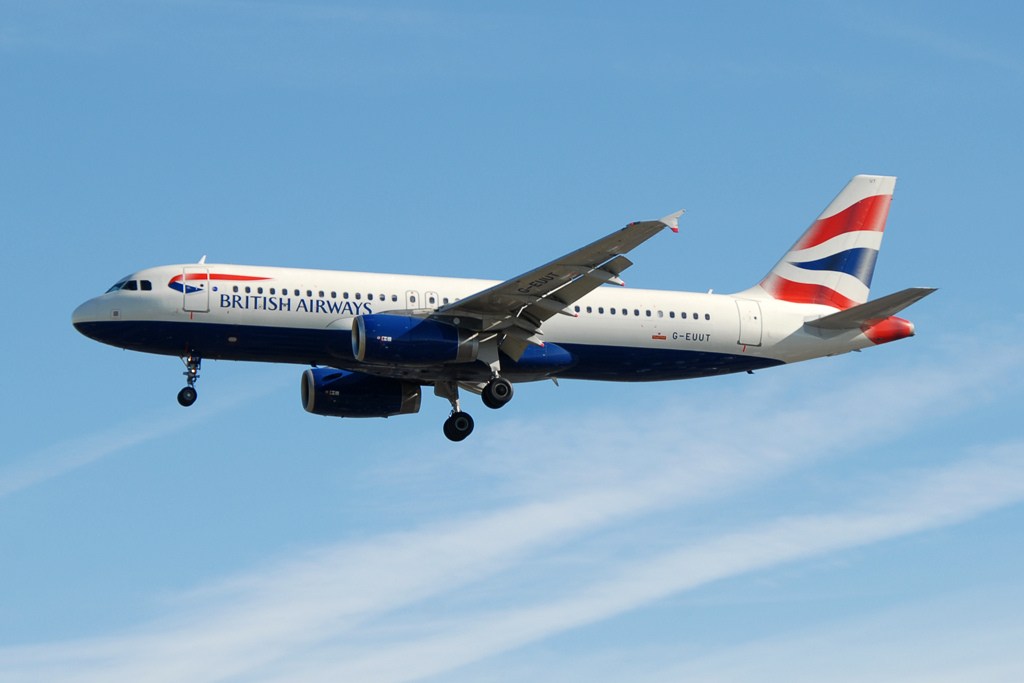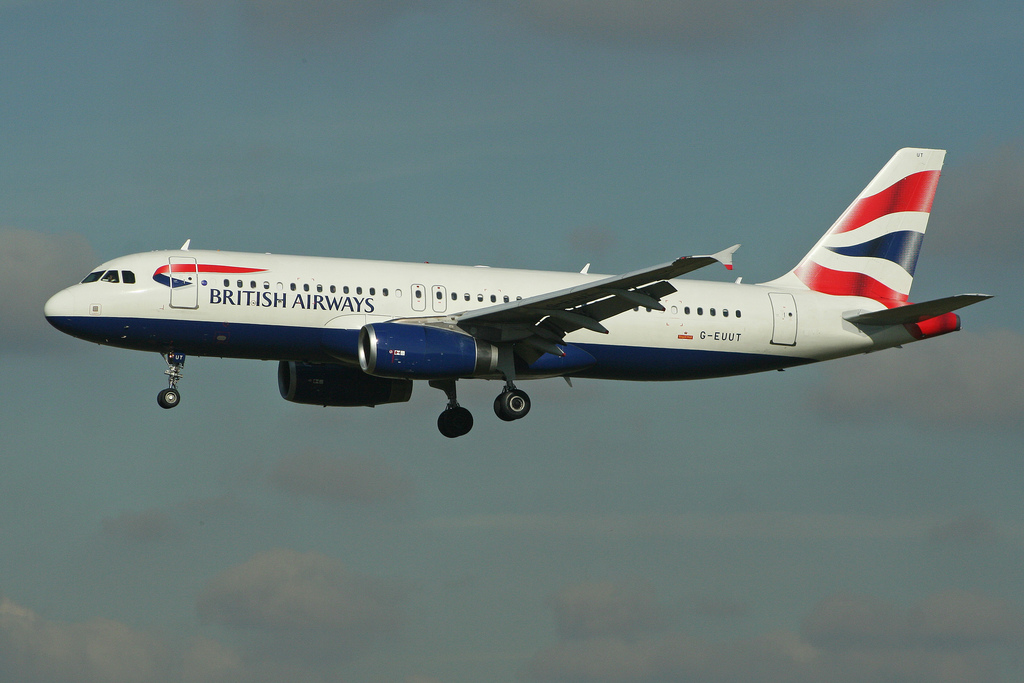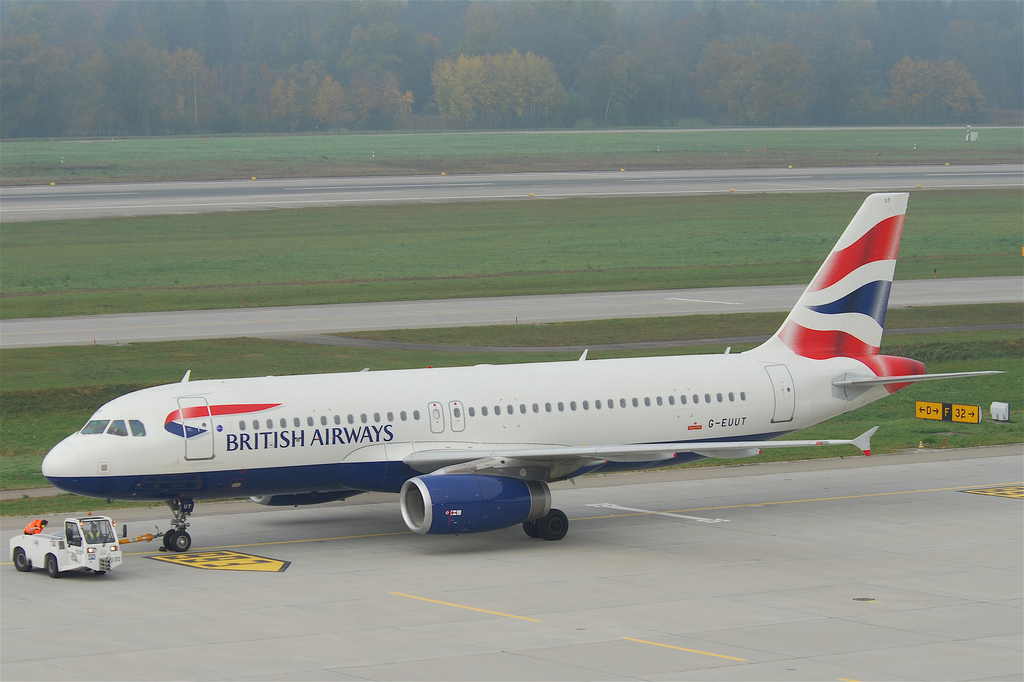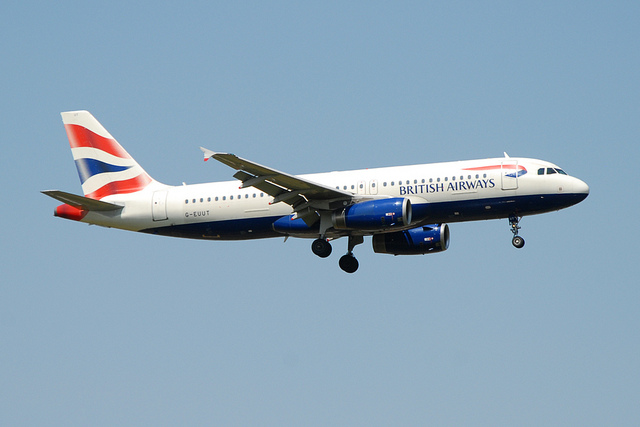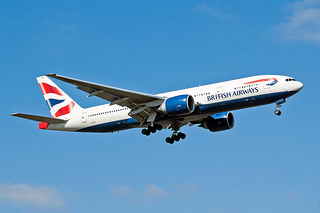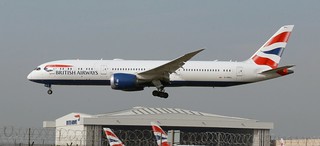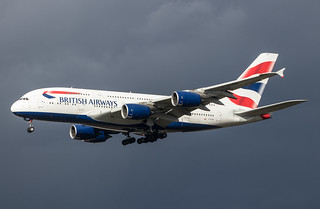British Airways A320 at London on Jun 14th 2022, fumes in cockpit affects flight crew
Last Update: November 10, 2022 / 11:52:11 GMT/Zulu time
Incident Facts
Date of incident
Jun 14, 2022
Classification
Report
Airline
British Airways
Flight number
BA-331
Departure
Malaga, Spain
Destination
London Heathrow, United Kingdom
Aircraft Registration
G-EUUT
Aircraft Type
Airbus A320
ICAO Type Designator
A320
The AAIB released their final bulletin concluding the probable causes of the serious incident were:
The pilots noticed an unpleasant odour in the flight deck shortly before landing. Due to their high workload and lack of symptoms they decided to continue the approach without carrying out QRH procedures. The aircraft landed safely but, due to a delay in ground handling, there was a delay in emergency services gaining access to the flight deck. Both pilots developed symptoms and were given medical attention by Emergency Services personnel. After medical checks both recovered and suffered no further ill effects.
The AAIB analysed:
The pilots noticed the presence of an unusual and unpleasant odour only a few minutes before landing. Aside from the odour there were no other indications of a fault with the aircraft and, initially, neither pilot felt any sense of impairment from the odour in the cockpit. They briefly discussed the issue but, as their workload was high and both felt unaffected, decided to continue with their approach without undertaking any QRH procedures. As a result, neither pilot was wearing an oxygen mask. The operator strongly recommends that during fumes events pilots complete at least the initial actions of the ‘Smoke / Fumes / Avncs Smoke’ QRH procedure. These actions would have directed the pilots to don their oxygen masks and use the Emergency setting on the mask. The positive oxygen pressure thus delivered would provide a high degree of protection against inhaling toxic fumes. The aircraft landed safely and taxied toward its parking stand, and by this point both pilots had stopped noticing the odour.
During the 10-minute delay waiting with engines running for the parking stand guidance to be turned on, the co-pilot began to feel nauseous. As the aircraft parked, the co-pilot felt increasingly unwell and the severity of his symptoms increased. The commander carried out the shutdown check, made a PAN call to ATC and opened his window. During these actions the commander also began to feel lightheaded.
The Senior Cabin Crew Member entered the cockpit and provided both pilots with oxygen, although he did not perceive any odour. There was a delay of approximately 17 minutes before an airbridge was attached to the aircraft, which allowed paramedics and the RFFS to enter the flight deck. If toxic fumes were present in the flight deck this long delay would have increased exposure to them. The RFFS conducted gas checks which proved negative. Nevertheless, after both pilots were checked by the paramedics, the commander’s symptoms were considered sufficient to warrant assessment in hospital.
The odour was not noticed by any cabin crew or passengers and nor did any display any symptoms.
There have been a significant number of suspected fumes events in the operator’s A320 fleet, but no decisive technical findings have been made. The awareness of such events has been raised by the campaigning conducted by pilot and cabin crew Unions, and the CAA indicates the possibility of a psychological response to the perceived problem of aircraft fumes events. That cannot be discounted but neither can the occurrence of toxic fumes.
The operator has no formal medical blood test protocol for crew that could capture evidence of symptoms or exposure to toxins because its policy, based upon its own medical service’s recommendations, is to take anyone with symptoms to the most appropriate medical facility. The CAA does not recommend any specific medical test which could be deployed to detect exposure to toxic fumes in crew. Each medical case is assessed individually.
The issue has previously been given prominence by the CAA, and a Care Pathway has been created to give information to healthcare professionals caring for those exposed to such events. The pilots in this event recovered quickly and have shown no subsequent ill effects.
Incident Facts
Date of incident
Jun 14, 2022
Classification
Report
Airline
British Airways
Flight number
BA-331
Departure
Malaga, Spain
Destination
London Heathrow, United Kingdom
Aircraft Registration
G-EUUT
Aircraft Type
Airbus A320
ICAO Type Designator
A320
This article is published under license from Avherald.com. © of text by Avherald.com.
Article source
You can read 2 more free articles without a subscription.
Subscribe now and continue reading without any limits!
Read unlimited articles and receive our daily update briefing. Gain better insights into what is happening in commercial aviation safety.
Send tip
Support AeroInside by sending a small tip amount.
Related articles
British Airways A320 at Munich on Oct 12th 2023, fumes on board affect flight crew
A British Airways Airbus A320-200, registration G-EUUT performing flight BA-948 from London Heathrow,EN (UK) to Munich (Germany), was descending…
British Airways A320 at Prague on Mar 9th 2014, loose nut
A British Airways Airbus A320-200, registration G-EUUT performing flight BA-858 from London Heathrow,EN (UK) to Prague (Czech Republic), had landed…
BAW A320 near Bucharest on Oct 9th 2025, fumes on board
A BAW British Airways Airbus A320-200, registration G-EUUF performing flight BA-603 from Istanbul (Turkey) to London Heathrow,EN (UK) with 142 people…
British Airways B772 at Grenada on Sep 28th 2025, disabled on the runway
A British Airways Boeing 777-200, registration G-VIIU performing flight BA-2159 from Saint Lucia (Saint Lucia) to Grenada (Grenada), landed on…
British Airways B789 at Sydney on Sep 8th 2025, fuel smells in cockpit
A British Airways Boeing 787-9, registration G-ZBKL performing flight BA-16 from Sydney,NS (Australia) to Singapore (Singapore), was climbing through…
British Airways A388 at Johannesburg on Aug 1st 2025, smoke on board
A British Airways Airbus A380-800, registration G-XLED performing flight BA-56 from Johannesburg (South Africa) to London Heathrow,EN (UK), was…
British Airways B772 at London on Jul 15th 2025, fumes on board
A British Airways Boeing 777-200, registration G-YMME performing flight BA-2203 from London Gatwick,EN (UK) to Cancun (Mexico) with 340 people on…
Newest articles
United B764 near Boston on Oct 15th 2025, laptop hides away
A United Boeing 767-400, registration N76054 performing flight UA-126 from Washington Dulles,DC (USA) to Rome Fiumicino (Italy) with 216 people on…
Southwest B737 at Panama City on Jun 14th 2025, turbulence injures passenger
A Southwest Airlines Boeing 737-700, registration N969WN performing flight WN-3508 from Dallas Love,TX to Panama City,FL (USA) with 142 passengers…
Subscribe today
Are you researching aviation incidents? Get access to AeroInside Insights, unlimited read access and receive the daily newsletter.
Pick your plan and subscribePartner

ELITE Simulation Solutions is a leading global provider of Flight Simulation Training Devices, IFR training software as well as flight controls and related services. Find out more.
SafetyScan Pro provides streamlined access to thousands of aviation accident reports. Tailored for your safety management efforts. Book your demo today
AeroInside Blog
Popular aircraft
Airbus A320Boeing 737-800
Boeing 737-800 MAX
Popular airlines
American AirlinesUnited
Delta
Air Canada
Lufthansa
British Airways


